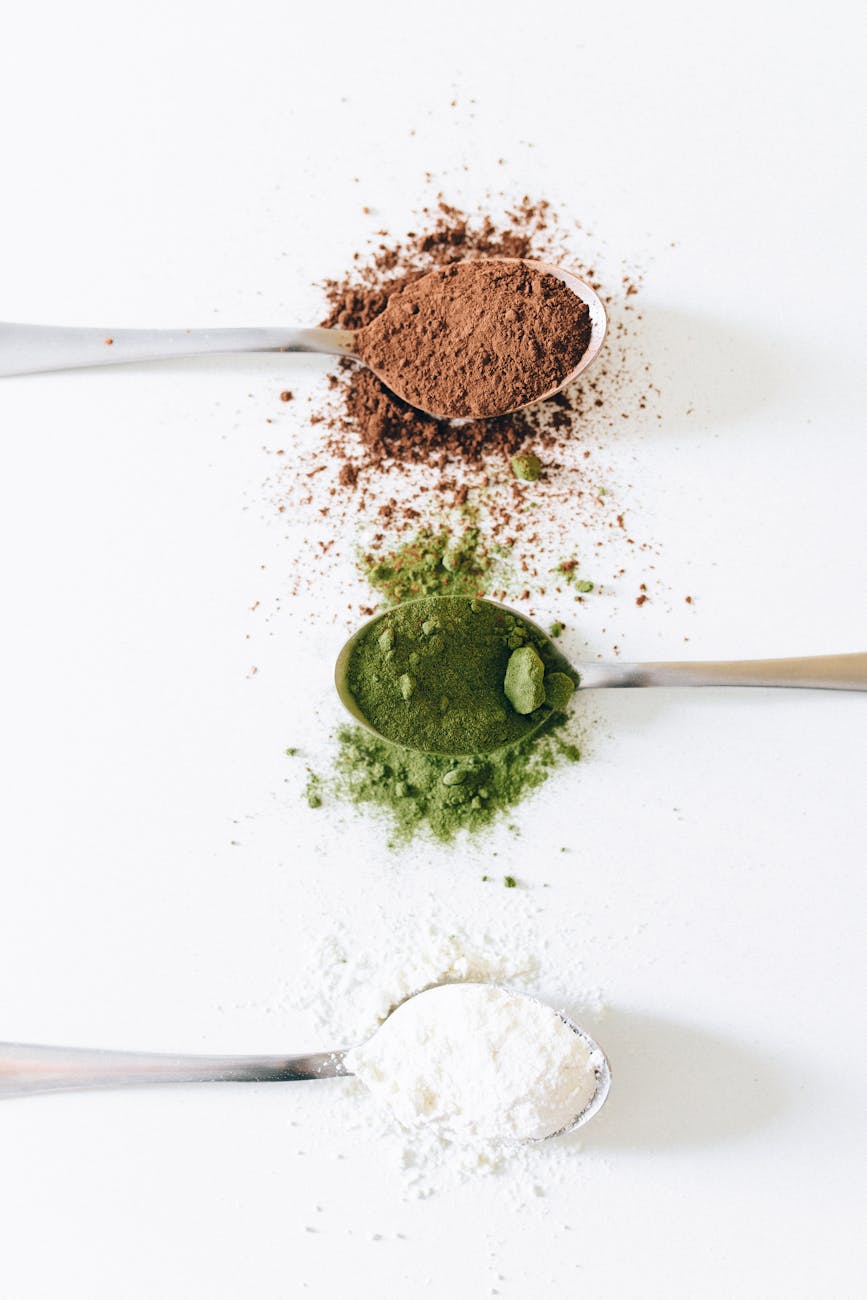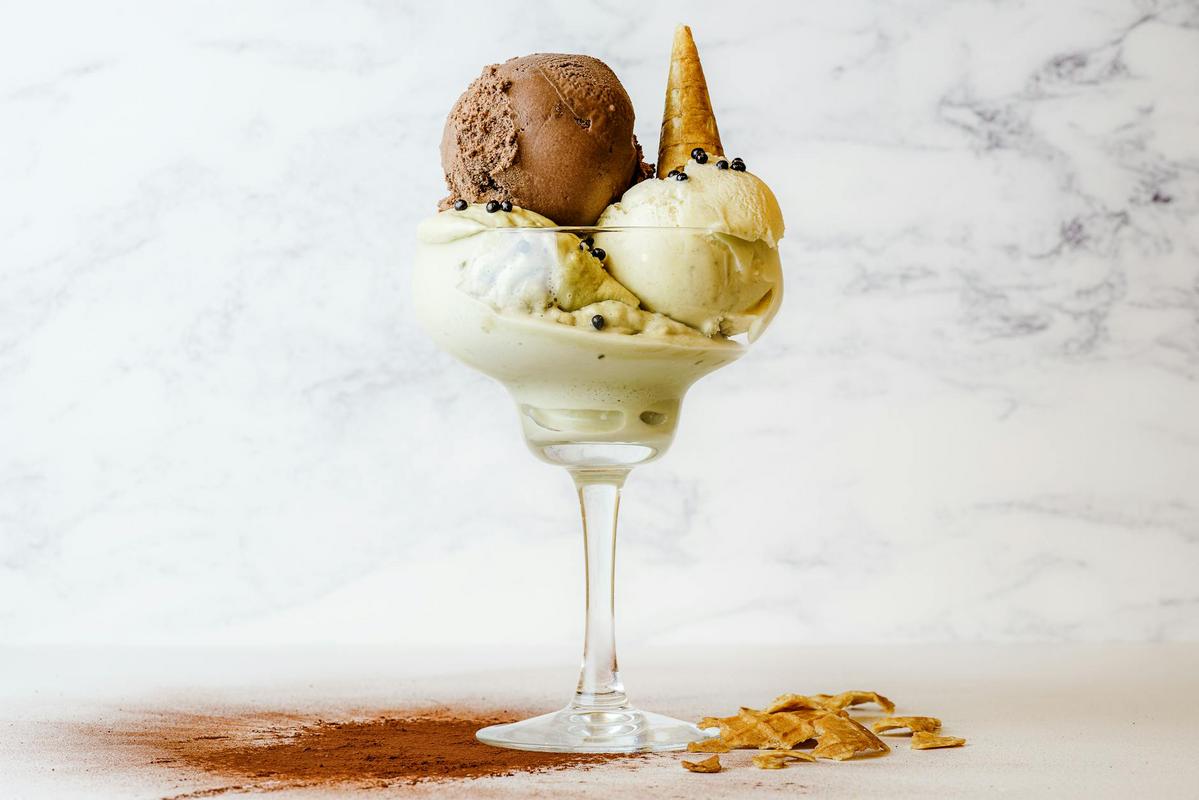Baking can be both an art and a science, and achieving that perfect cake or pastry can often feel like a delicious challenge. Whether you’re a novice or an experienced baker, understanding the fundamentals can elevate your baking game to new heights.
Baking is a delightful blend of precision and creativity, and mastering it starts with understanding a few essential tips and techniques. Here, we delve into expert insights and practical advice to help you bake flawless cakes and pastries.
Understanding Ingredients
According to a study by the American Baking Association, the quality of ingredients plays a crucial role in the final outcome of baked goods. Always opt for fresh and high-quality ingredients, as they significantly impact the taste and texture of your creations.
Flour Power
Flour is the backbone of most baking recipes. Choosing the right type of flour is essential. All-purpose flour is versatile, but for more precise baking, consider using cake flour for lighter cakes and bread flour for a more robust texture.
Sweet Sensations
Sugar does more than sweeten your treats. It also affects the moisture and color. Experiment with different types of sugar for varied results, such as using brown sugar for a deeper flavor.
Perfecting Techniques
Technique is as important as the ingredients you use. Here are some tips to ensure your baking process is smooth and effective:
- Preheat the Oven: Always preheat your oven to the required temperature before placing your batter inside. This ensures even cooking.
- Measure Precisely: Baking requires precision. Use measuring cups and spoons for accuracy, and always level off dry ingredients with a knife.
Expert Tips
Renowned pastry chef Dominique Ansel emphasizes the importance of patience, saying, “Baking is about precision and patience. Rushing can lead to mistakes.” Taking your time to ensure each step is followed correctly can make all the difference.
Common Baking Challenges
| Challenge | Solution |
|---|---|
| Cake Sinking | Ensure your cake is fully baked by testing with a toothpick. If it comes out clean, the cake is done. |
| Dry Pastries | Check your oven temperature with an oven thermometer and avoid overbaking. |
| Lumpy Batter | Mix dry and wet ingredients separately before combining to prevent lumps. |
| Cracked Cake Top | Lower the oven temperature or bake in the middle rack to prevent cracking. |
| Sticky Dough | Chill the dough for easier handling. |
| Flat Cookies | Chill the dough before baking to prevent spreading. |
| Overbrowned Crust | Cover with foil during baking to prevent overbrowning. |
| Undercooked Center | Reduce the baking temperature and increase baking time slightly. |
Frequently Asked Questions
What is the best way to store cakes?
Store cakes in an airtight container in a cool, dry place. If the cake has frosting, keep it refrigerated.
Why do my cakes always stick to the pan?
Ensure your pan is well-greased and lined with parchment paper to prevent sticking.
Conclusion
Baking is a rewarding experience that comes with practice and patience. By understanding your ingredients, perfecting your techniques, and applying expert tips, you can create delightful cakes and pastries that are sure to impress. Happy baking!




Leave a Reply